#tamron 24-70 f/2.8
Explore tagged Tumblr posts
Text
Sony RX100 VII Thoughts After Two Months

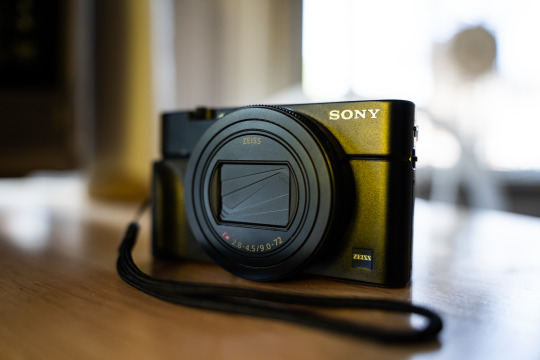
PROS:
Stacked sensors are the future. Well, technically the present considering that Canon, Nikon, Sony, Fuji, and OM Systems all use stacked sensors in their top of the line cameras. Either way, finally getting to experience shooting with one on a daily basis has made me want one in pretty much any camera going forward. The benefits are twofold: Not only do you get shutter speeds up to 20 frames per second, and without a mechanical shutter flipping in the way obscuring your view in between shots, but you also get no rolling shutter while doing it. Pretty much every Sony camera can shoot 10 fps bursts with the silent shutter, but any movement can give you a jello-like effect since the sensor reads out so slow on non-stacked cameras. The only con, at least on this camera, is that you can’t shoot flash at higher than 1/100 with the electronic shutter. That’s still plenty fast for a lot of stuff, but well below the 1/2000 you get when shooting the mechanical shutter.
The fast frame rate wouldn’t make much of a difference if the camera was bad at autofocusing, but this camera is great at it. It has a lot of the same fancy focusing stuff that my full frame Sony has like human/animal eye autofocus and all the tracking modes I’m used to. It actually makes the camera pretty solid for wildlife if you can get close enough at the 200mm end.
Speaking of that, the 24-200mm equivalent is a great range, and one that I missed a lot since I traded away my Tamron 28-200 to help cover the cost of my A7RIV. The small size and extra 4mm on the wide end actually makes it even more convenient than that Tamron.
Aside from covering a broader range than the 24-70 equivalent lens from the older RX100 cameras, this lens also seems noticeably sharper. The last RX100 model I had, the Mk. IV, just didn’t seem as crispy as this lens is.
It has a touchscreen! It’s wild to think that the previous RX100 cameras I owned didn’t have this basic ass feature, but Sony was very late in putting touch screens in their cameras. Ironically, I don’t really use it in this one because the AF is good enough that I can just do focus and recompose with tracking.
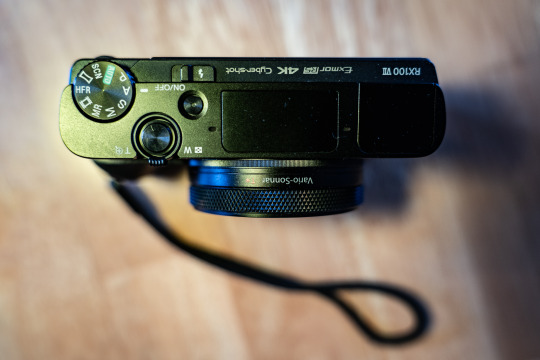
CONS:
It’s still only a 1” style sensor so high ISO isn’t the cameras strong suit. Programs like DXO PureRAW help a lot and let you get somewhat usable images at ISO 6400 in a pinch, but you’re kinda pushing things at that point.
While the lens is sharper and covers a wider range than the older models, it’s also significantly slower. At 24mm equivalent it’s already at f/2.8 where the old cameras were f/1.8. It’s f/3.2 at 25mm, f/3.5 at 33mm, and f/4 at 40mm. From 109mm to 200mm you’re at f/4.5. The relative slowness of the lens combined with the small sensor means that this can struggle getting quality images in low light without a tripod or something.
No USB-C. My Fuji, Ricoh, and larger Sony all have USB-C charging, which is amazingly convenient when traveling. I haven’t really gone anywhere with this camera yet, but having to account for a micro USB cable is annoying since pretty much everything aside from my iPhone uses USB-C.
It’s expensive. Just like my Mk III and Mk IV I got it used so it was cheaper than retail, but the copy I got cost about twice what I paid for the previous models.
Start up time is just a tad bit slower than I’d like. The GRIII and X100V both beat it that regards, albeit those aren’t zoom lens so I have to cut the Sony some slack.

SAMPLE PHOTOS:
(The sample photos were edited in Lightroom Classic and DXO PureRAW2. Also, the sensor creates a roughly 2.7x crop factor, so the 9-72mm lens equates to 24-200ish)

Young Bird | ISO 160. 72mm. f/4.5. 1/200.
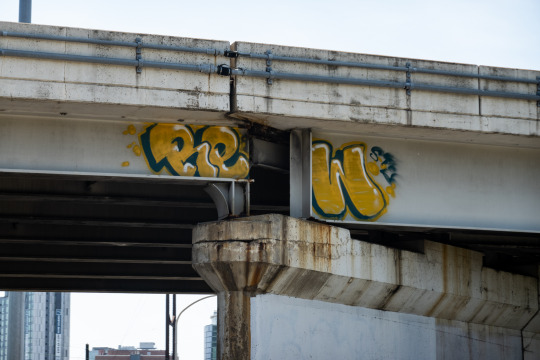
Graffiti Shot from a Car | ISO 100. 33.98mm. f/4. 1/400.
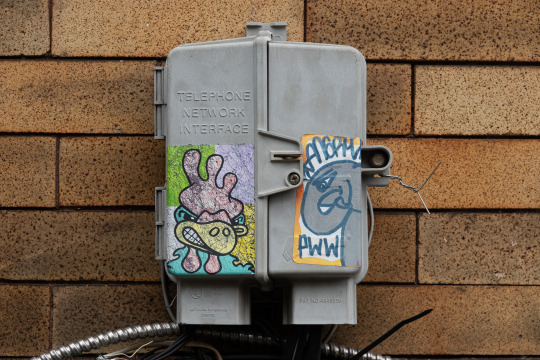
Stickers | ISO 100. 29.67mm. f/4.5. 1/100.
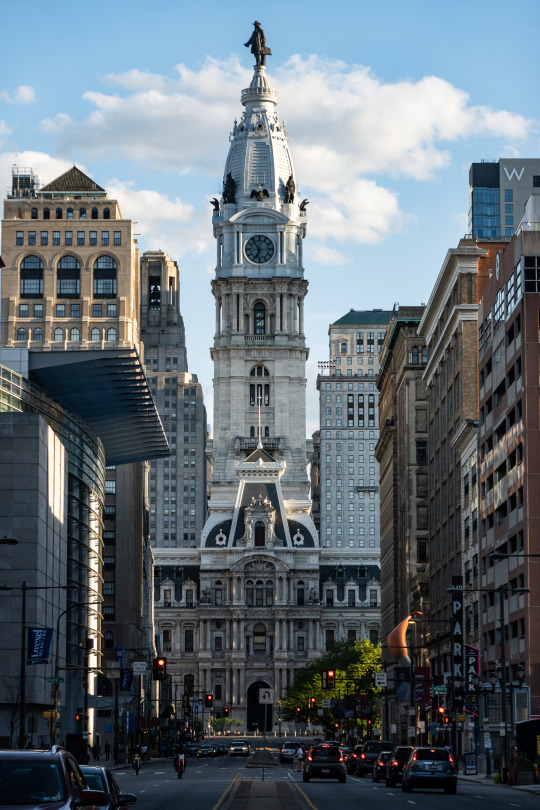
City Hall | ISO 100. 38.13mm. f/4.5. 1/200.
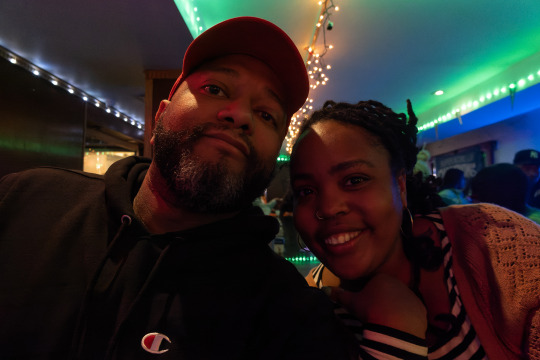
Flip Up Screen Selfie with My Friend Hanae | ISO 3200. 9mm. f/2.8. 1/40.
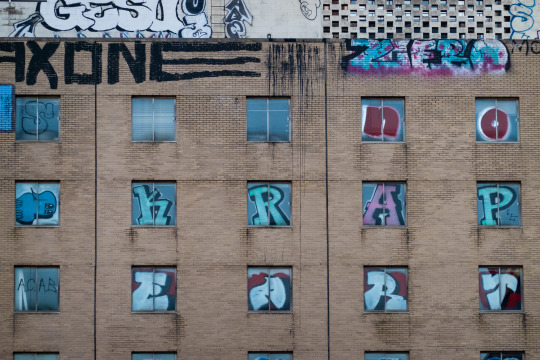
Zoomed in Graffiti | ISO 640. 72mm. f/4.5. 1/500.
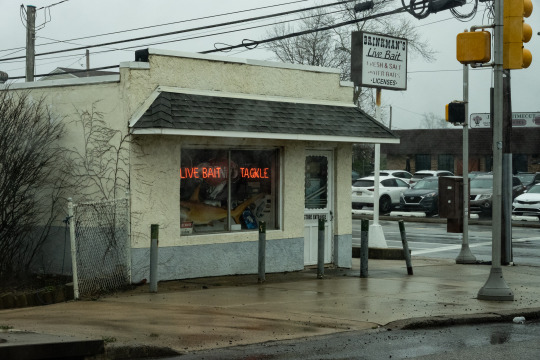
Fishing Store Neon | ISO 800. 28.67mm. f/8. 1/200.
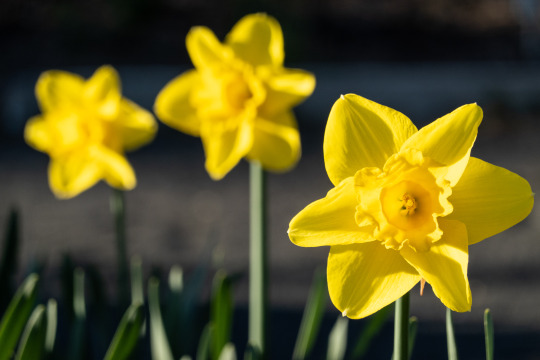
Flowers | ISO 200. 72mm. f/5. 1/640.
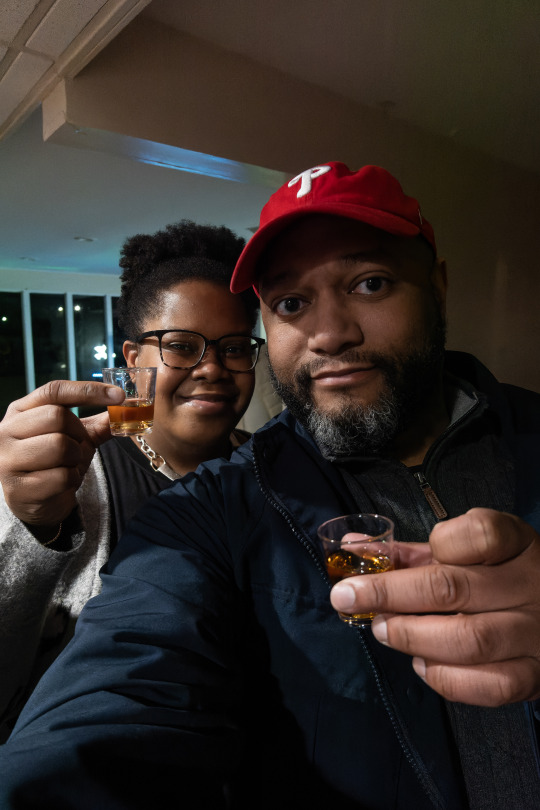
Selfie Shots with My Sister | ISO 3200. 9mm. f/2.8. 1/100.
29 notes
·
View notes
Text
From the archives: Lonely leaf
From the archives: Lonely leaf https://creativeramblings.com/my-photography/archives-79/
Sharing my favorite images from my archives. Lonely leaf (2015) – Photo credit: Cendrine Marrouat Camera: Nikon D600 Lens: Tamron 24-70mm f/2.8 Focal length: 70 mm Aperture: f/3.5 Exposure: 1/640 ISO: 160
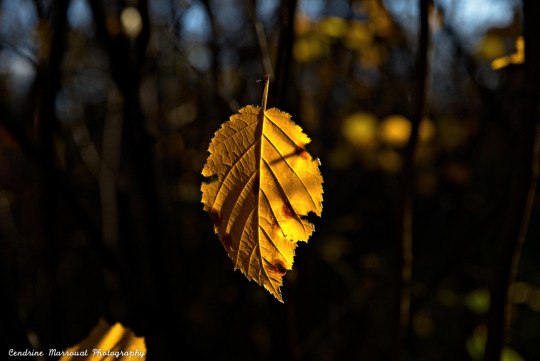
View On WordPress
0 notes
Text
Transitioning Gear: From Canon to Sony - A Journey of Adaptation and Savings
Preparing for an upcoming event in Leicester City, I decided to introduce a new addition to my camera gear. Before diving into the shoot, I wanted to familiarize myself with this latest equipment to ensure it seamlessly integrated into my setup.
My journey with photography spans across several iconic camera brands, starting from Minolta, Yashica, Practica, Olympus, and Pentax cameras from 1984 to 1991, transitioning to Nikon cameras from 1991 to 1998. However, the landscape shifted in 1998 when Canon stepped into the scene, bidding adieu to the familiar camera room. Canon swiftly became my preferred brand, solidifying that connection in 1999 with the Canon 400mm f2.8 L IS lens.
This lens became a staple, accompanying me to photograph international cricket matches for the Sri Lankan cricket team during my tenure at Reuters News Service. Its recommendation stemmed from multiple factors—excellent image quality, minimal optical distortion, a rapid aperture, image stabilization, and an agile autofocus system. While this lens thrived in sports reporting, my repertoire expanded to include everyday news, even extending to covering conflicts, utilizing three lenses: the Canon 16-35mm f2.8, 35-70mm f2.8, and 70-200mm f2.8. With a surplus of cameras matched to these lenses, I seamlessly interchanged cameras during shoots, minimizing lens changes.
However, as time progressed, my photographic needs underwent a metamorphosis. Weight reduction in equipment and a streamlined lens collection became paramount. Deliberating on this, Sony cameras emerged as a plausible option due to their lightweight build. Additionally, capturing bustling scenes without frequent lens changes became an appealing prospect.
Yet, I wasn’t prepared to compromise on lens quality or sacrifice the minimum aperture of f2.8. While lenses like Tamron 18-400mm f3.5-6.3, Canon EF 28-300mm f/3.5-5.6 L IS, and Sigma 28-300mm f/5.6-6.3 offered a range, the varying aperture and potential compromise in image quality didn’t align with my standards.
Contemplating a transition to Sony while retaining my Canon equipment, I stumbled upon the 35-150mm 2-2.8 lens—an intriguing find. Among the options like Samyang AF 35-150 f/2-2.8 FE and Tamron 35-150 mm f/2-2.8 Di III VXD, I found subtle performance differences despite a significant price gap and that feverable to Samyang. Opting for the Samyang, priced attractively on Amazon at £854.00 while Tamoron price £1486.00, seemed like the right choice after thorough research.
Thus, with the Samyang 35-150 f2-2.8, a Sony A7 Mark II, and a Godox Xpro at an Amazon special price, I made the purchase using allocated funds for new camera equipment.
Adapting from my Canon gear to Sony, I sought solutions for flash equipment. I found that using the Godox XPro to employ flash strobe lights for Sony, alongside the Godox SX 400 Studio Flash for Canon and Godox V1Hot Shoe, proved more cost-effective than purchasing new flash equipment. The entire conversion from Canon to Sony, inclusive of accessories, totaled £1585.00. This transition meant relinquishing the focal range of 35-16mm and 150-200mm, which I deemed acceptable given the substantial savings.
Considering the Amazon prices, the total expense for the Canon lenses (16-35mm f/2.8 = £1599.00, 24-70mm f/2.8 = £1947.00, and 70-200mm f/2.8 = £1624.00) would have amounted to £5170.00. Thus, by completing a full Canon to Sony conversion, I managed to meet my requirements while saving £3585.00.
With my setup primed, I am now geared up to capture the event in Leicester City next weekend, all with the convenience of a single lens.
by - Anuruddha Lokuhapuarachchi
#Sony#photography#anuruddha lokuhapuarachchi#art#tamron#samyang#canon#Lalana photography#tamaron35-150mm f2-2.8#smayang f2-2.8 35-150mm
0 notes
Photo
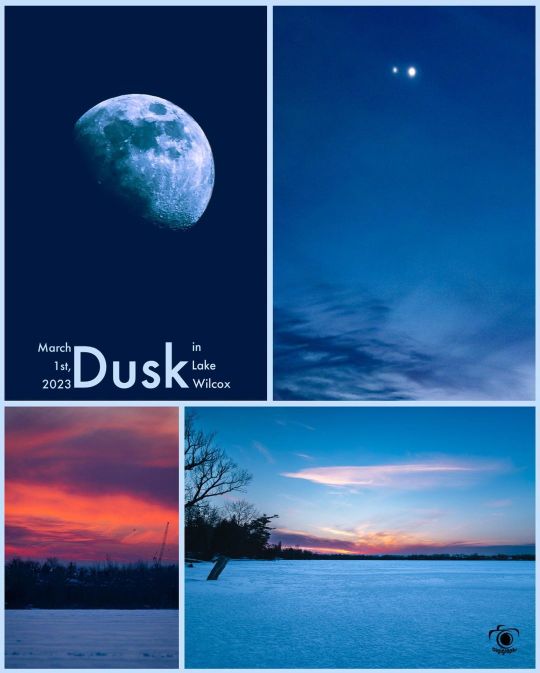
March 1st, 2023; Dusk in Lake Wilcox Started to work on my time lapse(s), but soon I found it will take time. So probably this weekend! Have a look at some moments I captured last night at calm and peaceful Lake Wilcox. Shot on #Canon R5 + #Tamron SP 70-200 f/2.8 G2 (the first three in the grid) EF 24-105 f/4 (the wide one with landscape format. Yes! I took this lens out and used it after a year of it collecting dust) + #Cameron Pro CPL On #Manfrotto Element Tags: #canoncanada #tamronglobal #withmytamron #shotoncanon #canoneosr #sharecangeo #yourshotphotographer #shareyourweather #cbcyourgta #blogto #dailyhiveto #tdot_shots #thetorontolove #lakewilcox #myrichmondhill #sunset #sunsetclouds #sunsetlovers #sunsetphotography #clouds #cloudscape #cloudchaser #astrophotography #moon #moonmagick #moonphotography (at Lake Wilcox Park) https://www.instagram.com/p/CpSrz8hOwxs/?igshid=NGJjMDIxMWI=
#canon#tamron#cameron#manfrotto#canoncanada#tamronglobal#withmytamron#shotoncanon#canoneosr#sharecangeo#yourshotphotographer#shareyourweather#cbcyourgta#blogto#dailyhiveto#tdot_shots#thetorontolove#lakewilcox#myrichmondhill#sunset#sunsetclouds#sunsetlovers#sunsetphotography#clouds#cloudscape#cloudchaser#astrophotography#moon#moonmagick#moonphotography
1 note
·
View note
Photo

Orchidea maggiore by Maximo53
3 notes
·
View notes
Photo

#canon eos 5d mark iii#tamron 24-70 f/2.8#china#changsha#tobias oelgart#buscandoalgo.org#buscando algo
2 notes
·
View notes
Note
Recent photos imply you have two cameras 👀 did you get a new one? What are you shooting with lately? Do you have a favorite lens?
"Nefja's camera" is my old Canon EOS M50 which I rarely use anymore but it's still too good to sell.
I got my "new" camera in December 2020 I think? The Canon EOS R.
My favourite lens is my Tamron 70-200mm f/2.8 G2. Would replace it for a Canon RF 70-200 in a heartbeat tho if I had the money.
2nd fav is my Tamron 24-70mm f/2.8 G2 because it's so amazingly sharp. Still not a big fan of wide angle shots yet (mainly bc I don't know how to do them right and I don't have many pretty backgrounds) buuut we're getting there.
9 notes
·
View notes
Text
STRUCTURE - RESEARCH, TASK 1
Joseph-Philibert Girault de Prangey (21 October 1804 – 7 December 1892) is known as the first architectural photographer who started to take photographs with daguerreotype from early 1841 of significant sites like Paris, Egypt, Greece, Palestine, Syria, and Turkey.
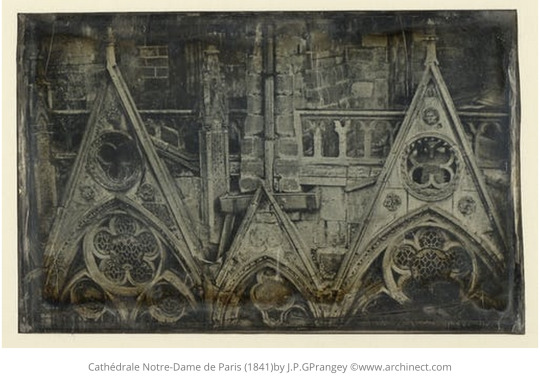
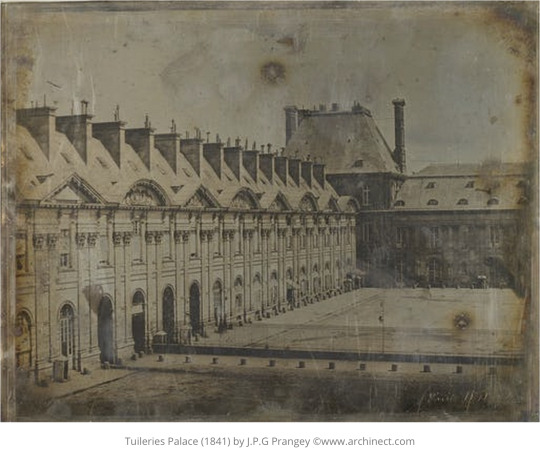
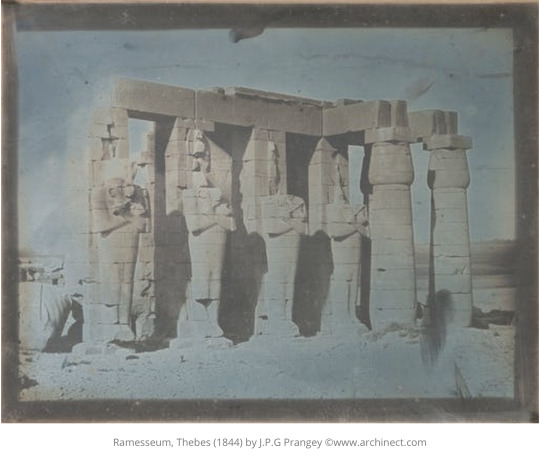
Frederick H. Evans (26 June 1853 – 24 June 1943), a notable British Photographer known for his contribution to Architectural Photography as his photographs focused on French and British Cathedrals, and his works were among the finest work at that time, for which he was made an honorary fellow of the Royal Photographic Society in 1928 and also a member of Linked Ring photographic society.

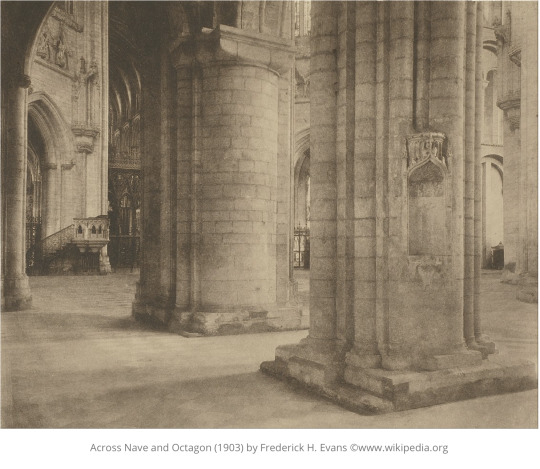
Modern architecture started to flourish with photographs in about the 1920s when urban photographers like Eugène Atget, Berenice Abbott, Walker Evans, and T. Lux Feiningercame into play. Eugène Atget(12 February 1857 – 4 August 1927), a French photographer known for his documentation of the streets of Paris before it entered Modernization. His works were published by Berenice Abbott after his death.
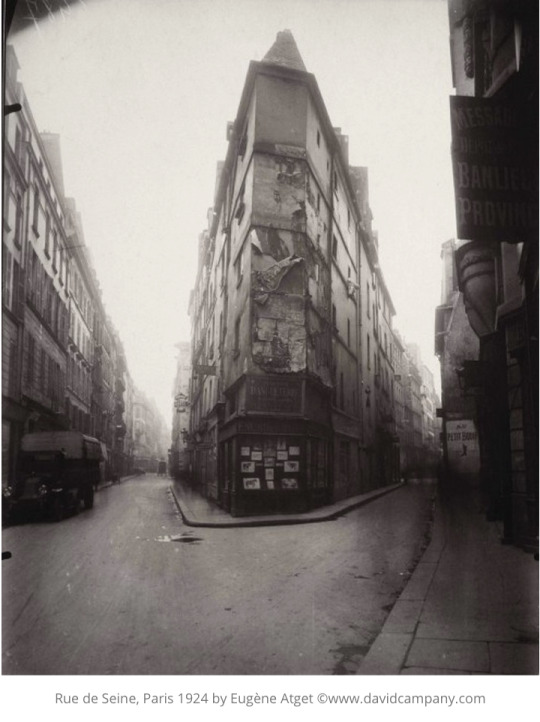
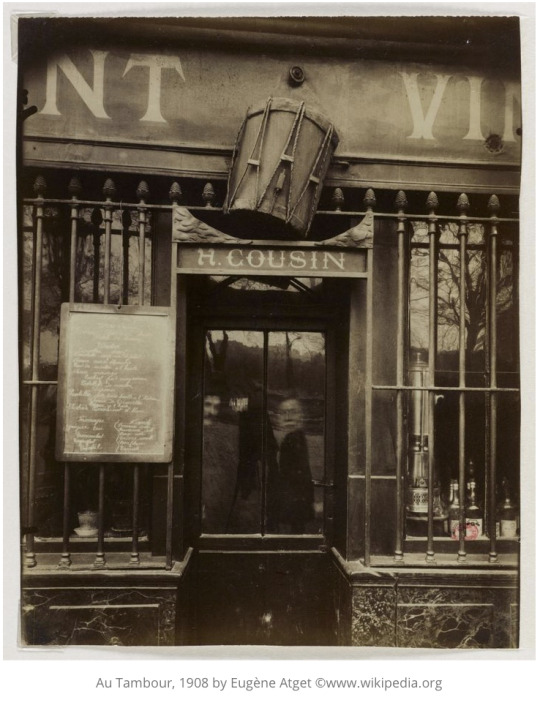
Berenice Abbott(July 17, 1898 – December 9, 1991), an American Photographer is known for New York and urban design photographs in the 1930s and also for her portraits of between-the-wars 20th century cultural figures.
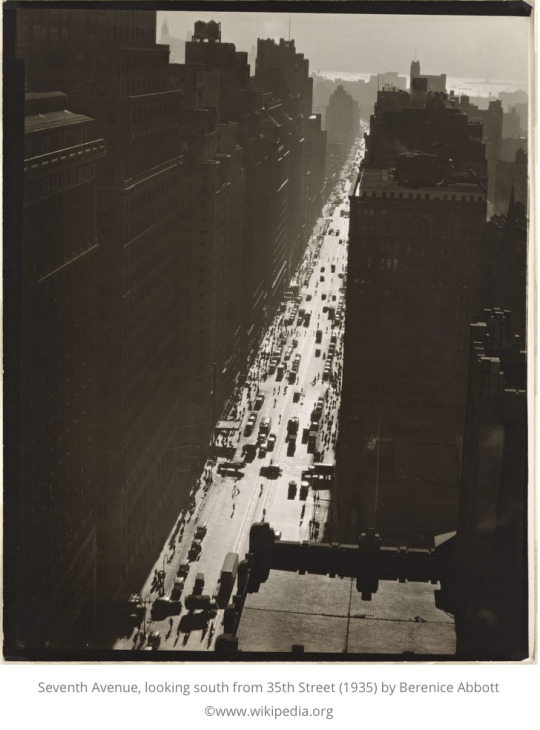

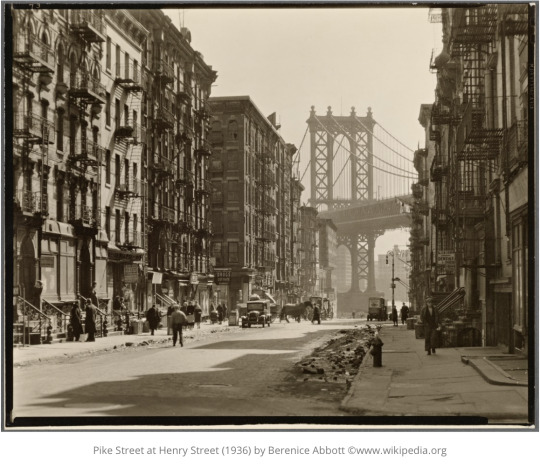
Walker Evans who was also an American Photographer and photojournalist and believed that being a photographer he must make the picture “literate, authoritative, transcendent”. He worked for Farm Security Administration (FSA) and documented the effects of The Great Depression.
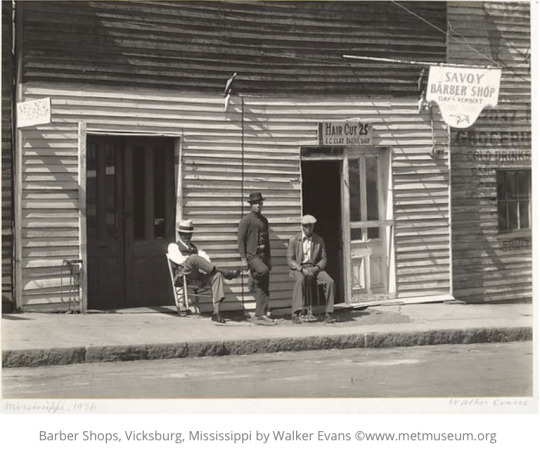
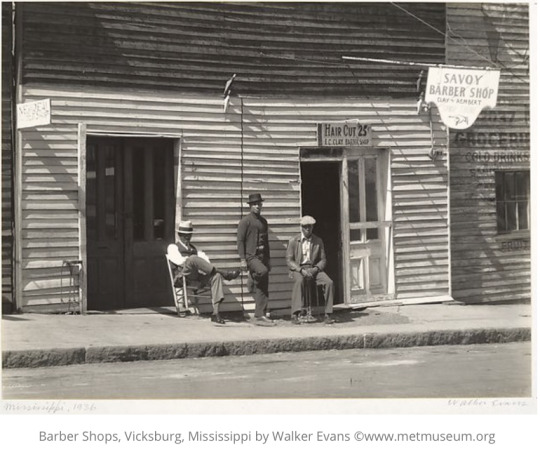

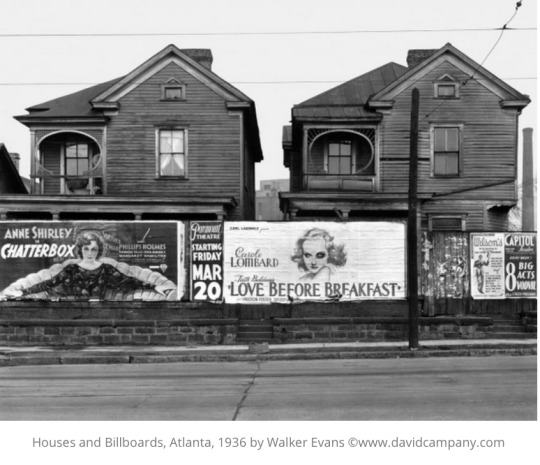
Historically, what type of camera did photographers predominantly use for architectural photography to ensure that those vertical lines remained constant throughout?
The photographers most often used a large-format camera which helps to minimalize parallax errors. They could parallax shift the plate in the back of the camera in order to control perspective.
How does this camera differ from a traditional analogue 35mm or digital equivalent SLR?
View camera vs analogue 35mm
The main difference is that in 35mm you can’t change the angle of plate and perspective which view cameras allows that. Apart that view camera has much longer exposure time than 35 mm.
View camera vs DSLR
As above – in DSLR we can’t change the angle of plate or perspective, but we can attach the tilt lens, which allows to control the perspective.
What types of lenses are available to photographers working with a DSLR, that are designed to function in this same way? What range of focal lengths are available from Canon & Nikon with these types of lenses?
CANON
Canon TS-E 45mm f/2.8.
Canon TS-E 90mm f/2.8 Tilt-Shift Lens.
Canon EF 1.4x III Extender.
Canon EF 70-200mm f/2.8L IS II USM Lens.
Canon EF 50mm f/1.4 USM Lens.
Canon EF 16-35mm f/2.8L ll USM Zoom Lens.
Canon TS-E 17mm f/4L Tilt-Shift Lens.
NIKON
Nikon AF-S DX NIKKOR 10-24mm f/3.5-4.5G ED Zoom Lens with Auto Focus.
Tamron AFA012N700 SP 15-30mm f/2.8 Di VC USD Wide-Angle Lens.
Nikon AF-S DX NIKKOR 10-24mm f/3.5-4.5G ED Zoom Lens with Auto Focus.
Nikon 18-200mm f/3.5-5.6G AF-S ED VR II Nikkor Telephoto Zoom Lens.
Nikon AF-S FX NIKKOR 50mm f/1.8G Lens with Auto Focus.
4 notes
·
View notes
Photo

Food Path in the Forest (Klövensteen Forest, August 2021) - - At around 5.30 pm in late August, shadows get larger and you realize that summer is slowly coming to an end... 📸 Canon EOS 5D with a Tamron 24-70/2.8 lens @ 24mm, f/16, 1/13, ISO 200 . . . . . #canondeutschland #tamron2470 #instagood #photooftheday #hamburgmeineperle #hamburgphotographer #hamburgerfotofreaks #hhinstagram #igerhamburg #hamburgerecken #ig_captures #picoftheday #hamburgliebe #welovehh #2020nd #natur #nature #naturephotography #lovelynaturepics #woodlandphotography #woodlands #wald #forest #hamburgcolors #kloevensteen (hier: Klövensteen Wald) https://www.instagram.com/p/CTkCbWXo3AX/?utm_medium=tumblr
#canondeutschland#tamron2470#instagood#photooftheday#hamburgmeineperle#hamburgphotographer#hamburgerfotofreaks#hhinstagram#igerhamburg#hamburgerecken#ig_captures#picoftheday#hamburgliebe#welovehh#2020nd#natur#nature#naturephotography#lovelynaturepics#woodlandphotography#woodlands#wald#forest#hamburgcolors#kloevensteen
2 notes
·
View notes
Text
“crop factor”
I am going to link to a nerdy B&H article that explains this far more thoroughly than it really needs explained, but because of a conversation i just started infodumping into @sonnetsandswingouts‘s mentions (sorry), I was inspired to go look this up.
This is about digital photography. This is about when you’re shopping for lenses. The focal distance on the lens tells you whether it’s a wide-angle or telephoto lens or what, but the numbers are not absolute; lenses are designed for different cameras, and the effective focal distance on your camera is going to depend on some things. So people talk about “the crop factor”, and that article explains it, but to sum up--
A “full-frame” digital camera, or a 35mm film camera, both have imaging areas that are the same size. A “crop-sensor” camera, which for a long time was the default in digital but a few years back they realized they could make big bucks making normies pay extra for full-frame sensors (formerly the provenance exclusively of studio professionals), has a slightly smaller sensor. So your lens, if it is designed for a full-frame camera, will have a slightly different effective focal distance on a crop-sensor camera, and vice versa.
(Every manufacturer has a different way of denoting this, but an easy shorthand, if you’re in the biz, is to recognize that certain numbers only make sense for one or the other. Your 28mm lens is amost certainly full-frame. Your 18? That’s for a crop-sensor.)
(A further confusing factor: mirrorless or compact cameras with interchangeable lens systems, such as the Sony NEX, Nikon Z, uhhh, there are others, but I don’t care about them. Fortunately, usually they have much different mounts, so the lenses aren’t compatible, so it doesn’t cross over or matter, excepting adaptors, which are a whole thing I’m so disinterested in I can’t summon the energy to explain.)
Lenses that are in compatible mounts (Canon EOS, Nikon AF-S) will work on both kinds of cameras. I own a number of full-frame lenses, some of which date from the film era, which I use on my crop-sensor camera body.
A general rule of thumb is that crop-sensor lenses are shite on full-frame cameras. (You can’t use the whole sensor. so why have the whole sensor? don’t bother with this lens.) The converse rule of thumb is that often your full-frame lenses are a waste of money on your crop-sensor cameras, since you’re only using the middle of the lens.
Part of it is that you pay extra for wide-angle in a crop-sensor. So don’t. Your all-in-ones-- (28-75, 24-70, 28-135) are not going to be useful at their wider range, because they won’t look wide-angle with your wee sensor.
But your lovely prime lenses (those are the ones with one number-- a 28mm f/1.8, a 50mm f/1.8 [for many years the default, before they invented zoom lenses; they were called “nifty fifties”], a 105mm f/2.8-- those will still be lovely on your crop-sensor camera.
So don’t buy a 28-135 for your crop-sensor DSLR, because you’re paying for a wide angle you can’t use. Buy an 18-200. (I recommend image stabilization, or VR or IS or VC or whatever the manufacturer calls it.)
If you want example images, ha ha ha, well. Do I have recent ones? No. But my entire Flickr is example images, and a great thing about Flickr is that they include the EXIF data, so it tells you what camera took the photo with what lens and what flash, if applicable, and what the settings were.
Nikkor 10.5mm f/2.8 fisheye-- this is a crop-sensor lens, and it would vignette badly on a full-frame. (Oh this is probably my favorite photo I’ve ever taken with this lens, though.)
Tamron 18-270mm all-in-one-- a crop-sensor lens, which is notably not fantastic at its extreme telephoto end but is pretty fantastic up to about 200mm, and i bring it everywhere. That first photo is at 18, this one’s at about 220, and here, alas, is at 270, where it has kind of fallen down, but it was a big ask. (Honestly though that’s better than no photo!)
My usual low-light or indoor lens is a 17-50mm f/2.8 VC, which I think is a Sigma brand-- the VC is image stabilization, which is super helpful if you’re going to shoot at slow shutter speeds. I have used it to good effect for nighttime shots.
And I have a whole stable of fast glass-- prime lenses with huge apertures-- that were super essential back when I was shooting indoor sports with a slower camera body. But in 2013 or so they hit that point where camera sensors are fast now, and that glass isn’t necessary anymore, not in the same way. I hang onto it because they take beautiful pictures, but they need so much premeditation-- I joke that I always have the wrong lens on my camera, and more often than not that wrong lens is my beloved 85mm f/1.8, because I love that lens because it has gotten me some really beautiful shots in my day and everything looks beautiful through it, but if your subject comes closer well you’re shit out of luck. (It’s the shallow depth of field, it’s how you can pick a thing and isolate your subject, that’s what makes fast glass worth it. nowadays your phone does that with a filter but it fucks it up half the time.)
Anyway if anyone has questions about what the numbers on lenses mean it’s a while since I was on the sales floor but I very much do still work in a camera store, LOL.
17 notes
·
View notes
Video
The Road. by Carlos Arriero Via Flickr: Carretera en La Palma, al fondo, la Caldera de Taburiente (Islas Canarias, España).
#La Palma#España#Road#Carretera#Islas Canarias#Spain#Nikon#Tamron#24-70 f/2.8#Carlos Arriero#Composición#Composition#Landscape#Paisaje#Outdoor#Panorámica#Panoramic#Viajar#Travel#Color#Colors#Colour#Diagonal#Perspectiva#Punto de fuga
2 notes
·
View notes
Video
the fountain of knowledge by Michael Kafka
#stuttgart#baden-württemberg#deutschland#library#highkey#architecture#public library#tamron 24-70#tamron 24-70 f/2.8 vc#tamronsp2470mmf28divcusd#tamron#canon#canon eos 6d#eos#6d#full frame#white#bright#lightroom#top-f25#your-best-of-today#bibliothek#stadbibliothek stuttgart#germany#books#people#iso640#soe#michael kafka#kafka
1 note
·
View note
Note
What up bro, I recently started to shoot RAW and I’m getting A LOT of noise in my pictures even at 100 ISO, I’m shooting with a Canon 6D MKII and a tamron 24-70 f/2.8 G2 any advice on what I may be doing wrong? Thanks in advance
What’s up!
If there is a lot of noise in images that are correctly exposed then you might need to take your camera into canon to see if you got a faulty sensor. You can also try updating your firmware and see if that fixes it.
The 6D MkII sensor wasn't designed to be pushed too far so you will catch noise in your shadows if you try to recover them past 3 stops.
2 notes
·
View notes
Photo
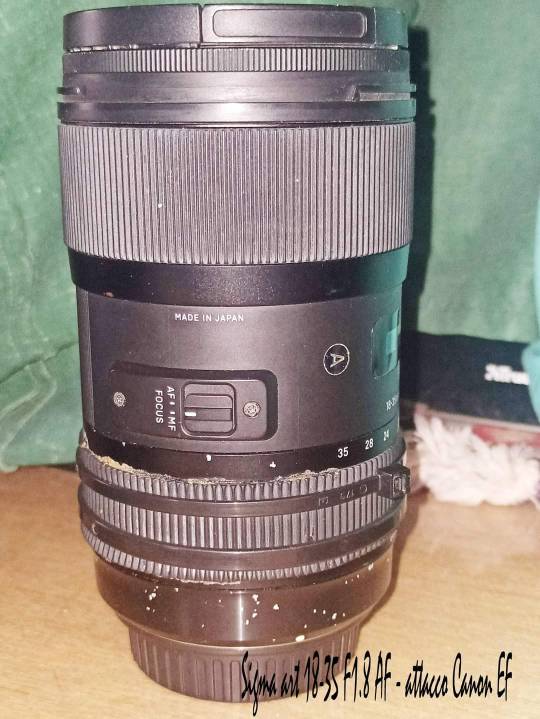
Vendo attrezzi fotografici, se qualcuno é interessato contattatemi. Grazie Canon EF-S 24 mm f/2.8 obiettivo STM per Canon Canon EF-S 24 mm f/2.8 obiettivo STM per Canon CANON EF 24-105mm F/4 L IS USM Canon EF 50mm F/1.4 USM Sigma art 18-35 F1.8 AF - attacco Canon EF Tamron AF 18-200 mm F3.5-6.3 ASL Di IF XR II 62 mm Obiettivo (compatible con Canon EF Flash Canon 430EX II Speedlite E-TTL Batterie Ricaricabili caricatore batterie canon 70 d TELFONA PRIMA CHE LI VENDO TUTTI 3383166971
0 notes
